environmental benefit of wastewater treatment plants in mountainous areas in the alps

|
Comparison of technology, costs and environmental benefit of wastewater treatment plants in mountainous areas in the alps |

|
Mechanical solids separator
Filterbag system
Septic tank
Specific water demand
Organic load
Conclusions
During a monitoring period of 24 hours (weekend 9./10.9.2000) at the wwtp Hermann v. Barth refuge the water demand of the kitchen and the sanitary installations was determined separately (Fig.1). The organic load was calculated from the counted guest numbers according to table 3 of the ÖWAV Guideline 1 „Wastewater treatment in mountain regions“:
Staff: 8 x 60 g BOD5 = 480 Overnight guests (bed): 68 x 55 g = 3740 Overnight guests (mattress) : 56 x 50 g = 2800 Short term visitors: 70 x 15 g = 1050
8070 g/BOD5 : 60 g BOD5/PE60 = 135 PE 60
(62 % overload)
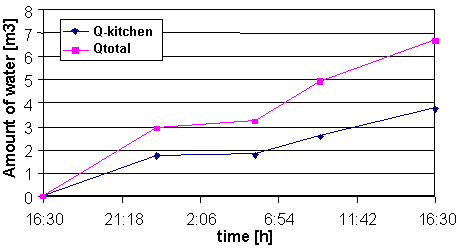
Fig. 1: Water consumption profiles at the H.v.Barth refuge (9./10.9.2000) The measured water consumption results in a specific water demand of 49.5 l/PE. The wastewater is led to the pipe sieve of the mechanical solids separator and a feed screw carries the separated solids discontinuously to a compostainer with a automatic dosage of composting material. The total solids output (22.6 kg wet weight, 19.6 % dry matter, 91 % loss of ignition) and flow equivalent samples of the liquid wastewater fraction (Fig.2) were brought to the laboratory.
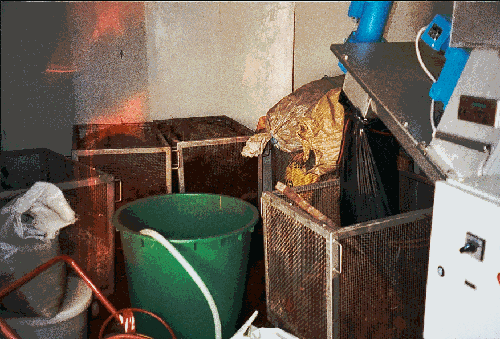
Fig. 2: Sampling of solid and particulate wastewater fractions at the mechanic solids separator The measured treatment efficiency concerning organic compounds (COD) was 36 %, concerning nitrogen 20 % and phosphorus 28 % (Fig.3). The clarified wastewater is fed to a natural soil filter with densely growing nutrient indicating plants (Fig.4) while the solids are composted and stored for two years in the solar heated room.
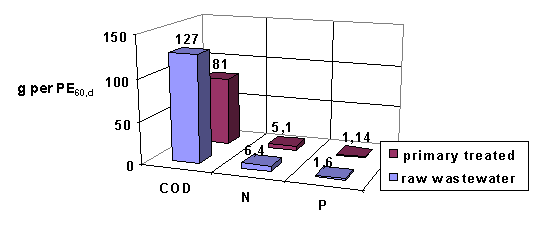
Fig. 3: Treatment efficiency of the mechanic solids separator with regard to COD, N and P.
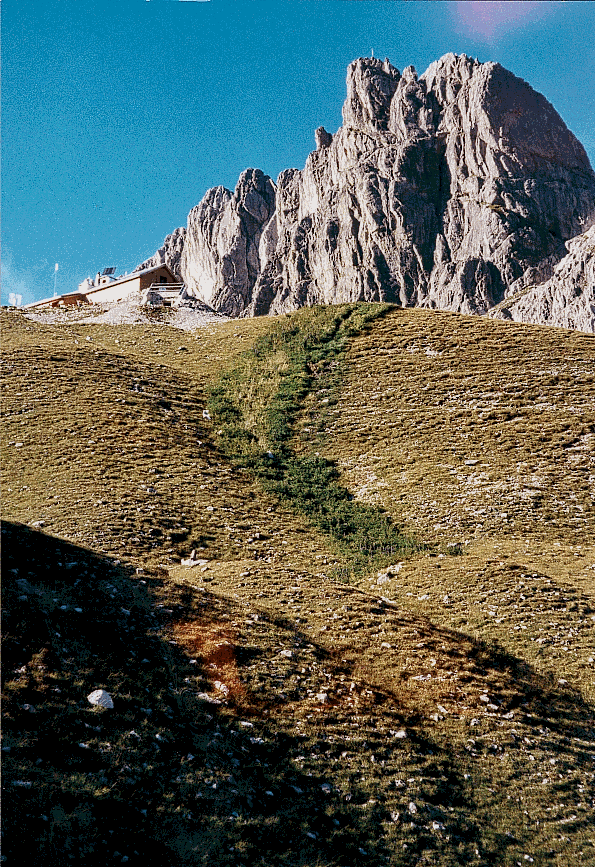
Fig. 4: View on the site: The Herman von Barth refuge with the small building with the mechanical solids separator and a natural „down hill soil filter“.
The filterbag system at the Darmstadt refuge has two lines with 13 filterbags in a row each in order to store the total solids of one season (Fig.5). The wastewater flow is directed to one of the lines during the season while the filled filterbags from the season before are dewatered. Such a plant lay out is important to achieve compact filterbags relatively easy to handle and to transport them down to the valley. The clarified wastewater seepages without additional biological treatment.
During a measurement period of 3 weeks (21.7. to 11.8.2000) guests and water consumption were registered and mass balances were calculated and finally samples of the filtered solids were taken. The total organic load calculated from the guest numbers according to table 3 of the ÖWAV Guideline 1 "Wastewater treatment in mountain regions" resulted in 915 PE60 and the mean specific water demand was 67 l/PE60,d(Fig.6).
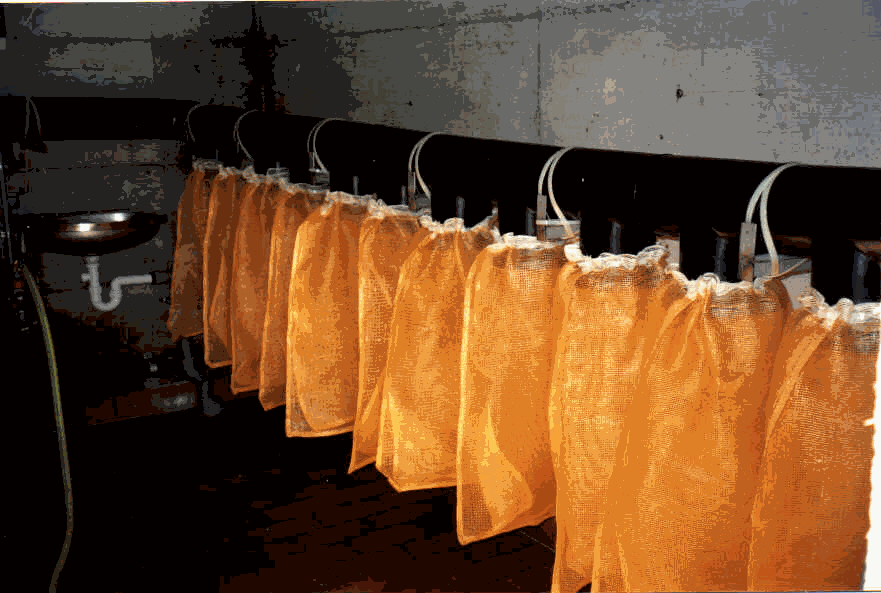
Fig. 5: One line of the filterbag system at the Darmstadt refuge before loading
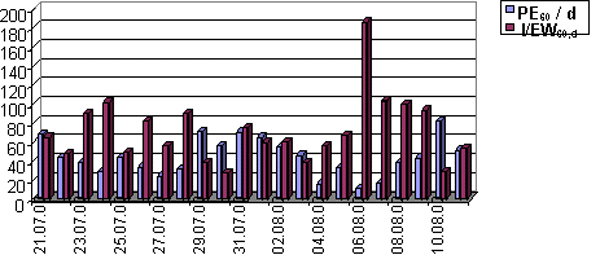
Fig. 6: Organic loading and specific water consumption at the Darmstadt refuge 21.7. - 11.8.2000
The specific content of solids in the filterbags was 38 g/PE 60 dry matter, ca. 270 g/PE 60 wet weight and 49 g COD/PE 60. Under the assumed specific organic load of 120 g COD/PE 60 a treatment efficiency of 41 % was achieved (Fig. 7), a nitrogen elimination of 10 % and phosphorus elimination of 18 %. During the winter time the sludge dried from 14 % dry matter to 20 % dry matter.
composite samples 21.7.-11.8. dimension measurement values
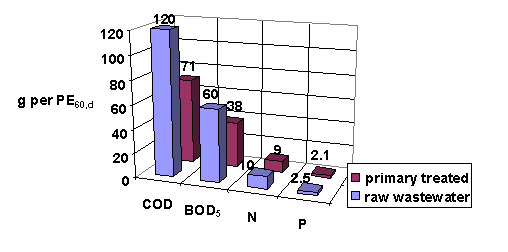
Fig. 7: Mean elimination efficiency of the filterbag system Darmstadt refuge
Last but not least the most commonly applied primary treatment system is investi-gated. Due to the long hydraulic retention times of half a day to 10 days influent and effluent values are not corresponding. Therefore a mass balance over the whole season was calculated for two refuges: The wwtp Berlin refuge has two lines of septic tanks with 3 tanks each (Fig. 8) and a total volume of 18 m3. The wwtp Taschach refuge has only one single septic tank with a total volume of 11 m3.
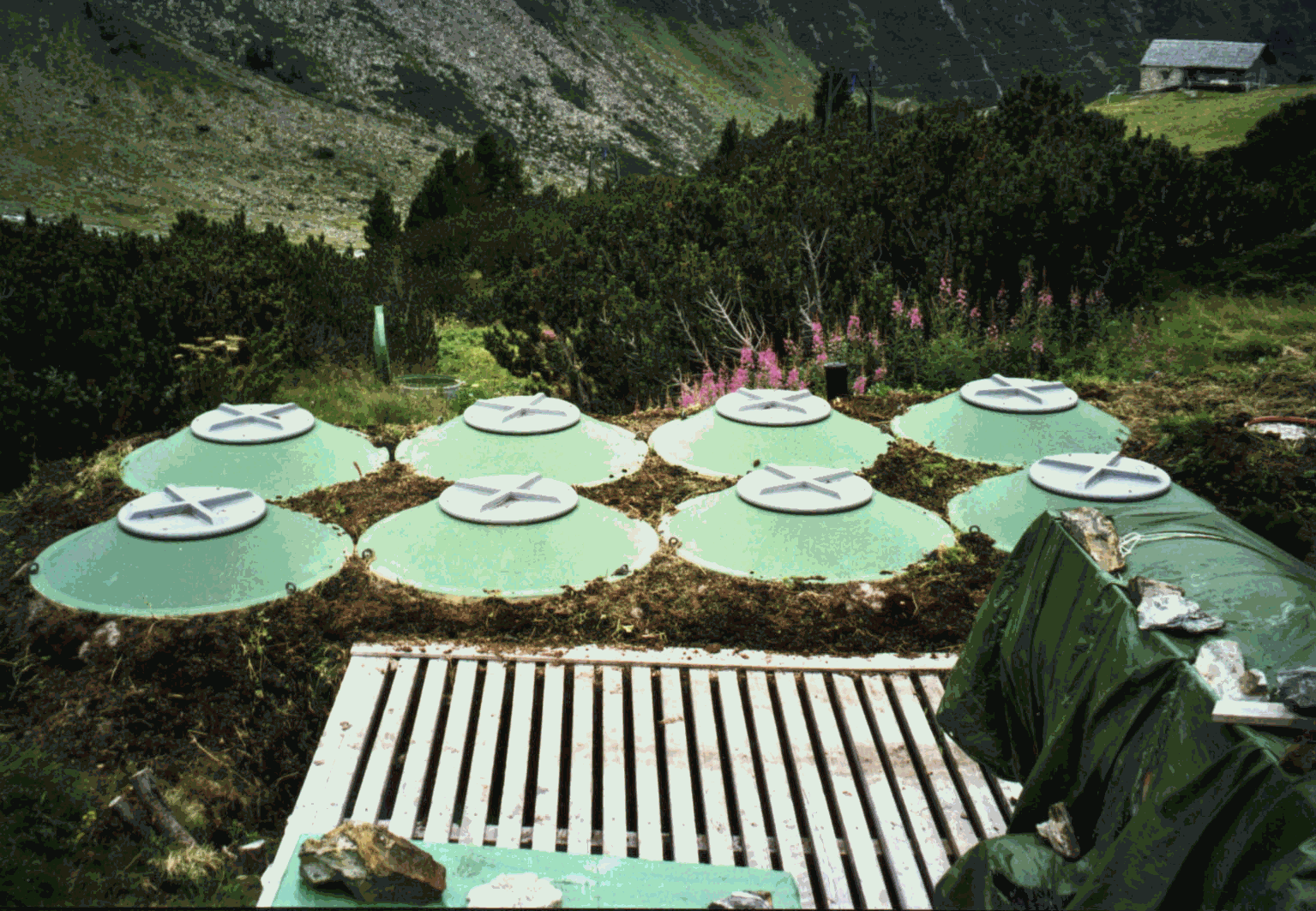
Fig. 8: The two lines of modular septic tanks at the Berlin refuge
At the Berlin refuge the seasonal water demand was 1153 m3 (from 8.6. to 3.10.2000). At the 26.7. under a loading of 107 PE 13.2 m3/d and at the 27.8. under a loading of 160 PE 28.5 m3/d water were used resulting in a mean specific water demand of 150 l/PE. An extrapolation to the whole season achieves a seasonal load of 8000 PE:
Seasonal loading = 1153 m3/a / 0.150 m3/PE = ca. 8000 PE/a
Organic loading = 8000 PE * 120 g/PE = 960 kg COD/a
Seasonal sludge production = 18 m3 * 20.0 kg COD/m3 = 360 kg COD/a
(ca. 240 kg COD primary sludge and 120 kg secondary sludge)
Treatment efficiency Berlin refuge = primary sludge / org. loading = 240 / 960 = 25 %
03.10.2000 dimension measurement value
At the Taschach refuge the seasonal water demand was 856 m3. At the 27.8. under a loading of 75 PE 7.2 m3/d and at the 6.9. under a loading of 131 PE 7.5 m3/d water were used resulting in a mean specific water demand of 75 l/PE. An extrapolation to the whole season achieves a seasonal load of 11500 PE:
Seasonal loading = 856 m3/a / 0.075 m3/PE = ca. 11500 PE/a
Organic loading = 11500 PE * 120 g/PE = 1380 kg COD/a
Seasonal sludge production = 11 m3 * 27.2 kg COD/m3 = 300 kg COD/a
(exclusively primary sludge)
Treatment efficiency Taschach refuge = primary sludge / org. loading = 300 / 1380 = 22 %
27.09.2000 dimension measurement value
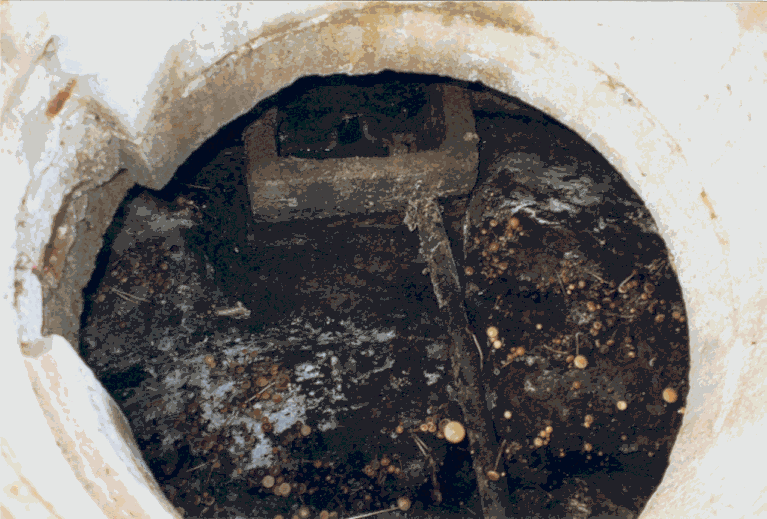
Fig. 9: Primary sludge in the septic tank of the Taschach refuge
Die Abschätzung der mittleren Wirkungsgrade der beiden betrachteten Absetzanlagen über Jahresmassenbilanzen ergibt Werte von ca. 22 % bzw. 25 %, wobei die 1-Kammer-Anlage am Taschach Haus für die festgestellten hohen Belastungen sicherlich knapp bemessen ist. Die Erfahrungswerte für Vorklärbecken ohne Schlammspeicherung (ATV A131) lassen hingegen einen Wirkungsgrad von Absetzanlagen bereits bei einer Aufenthaltszeit von 1,5 Stunden von ca. 33 % erwarten. Damit wird deutlich, daß durch die Schlammspeicherung im Absetzbecken über eine mittlere Dauer von 2 Monaten (Saisondauer ca. 4 Monate) abgesetzte organische Stoffe in hohem Maße rückgelöst werden, sodaß mit einem tatsächlichen Wirkungsgrad einer Absetzanlage von nur ca. 25 % gerechnet werden kann.

Fig. 10: Mean elimination efficiency of septic tanks
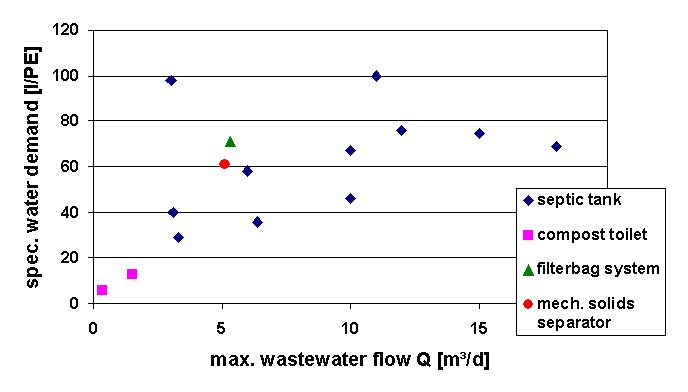
Fig. 11: Specific water demand
Following fig. 11 gives a survey on the influence of hydraulic load conditions on the choice of the primary treatment system within the Life project. Obviouslly compost toilets are only applied at sites with very low specific water demands. In case of a poor water supply flushing toilets are not applicable and the specific water demand in below 20 l/PE. Filterbag systems and mechanical solids separators are also applicable at high specific water demands.
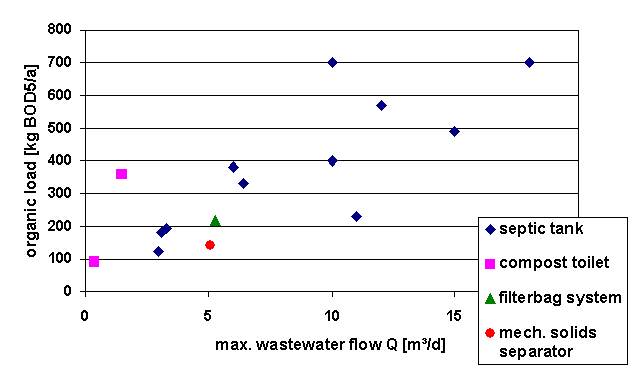
Fig. 12: Organic load
Mechanical solids separator, filterbag system and compact toilets show limits concering the annual organic load because than the handling of a huge amount of dewatered sludge becomes a hard work (fig. 12). Septic tanks are applicable at sites with large organic loads because wet sludge can be manipulated by pumps.
This comparison of 3 different primary treatment strategies applied in moun-tain regions shows, that solids separation without hydraulic retention (filterbag system and mechanical solids separator) achieves an elimination efficiency of 35 % to 45 %. Septic tanks (with sludge storage) achieve a lower efficiency of about 25 % due to resolution of organic matter during the season.